The Importance of Proper Roof Drainage
A well-functioning roof does more than just shield your home from rain and snow; it also ensures that water is properly channeled away from the structure to prevent damage. Proper roof drainage is crucial for maintaining the integrity of your roof and the overall health of your home. This article discusses the importance of effective roof drainage systems, common issues associated with poor drainage, and tips for maintaining optimal performance.
Why Proper Roof Drainage Matters
Preventing Water Accumulation: The primary purpose of a roof drainage system is to prevent water from pooling on your roof. Standing water can lead to significant problems, including roof leaks, structural damage, and the growth of mold and algae. Over time, these issues can compromise the structural integrity of the roof and even the building itself.
Protecting the Foundation: Effective roof drainage also protects your home's foundation by directing water away from the base of the structure. Improper drainage can lead to foundation erosion, basement flooding, and damage to the landscaping around your home.
Extending Roof Life: By ensuring that water is efficiently removed from the roof, you can significantly extend its lifespan. A dry roof is less likely to suffer from the damaging effects of moisture, such as rot or corrosion.
Components of a Roof Drainage System
Gutters: Gutters are the most visible part of a roof drainage system. They collect rainwater from the roof and channel it to the downspouts. Keeping gutters clean and free of debris is essential for their proper functioning.
Downspouts: These are vertical pipes designed to carry water from the gutters to the ground. Downspouts should direct water away from the foundation of the house to prevent pooling and erosion around the base.
Drainage Pipes: In some systems, especially in areas with heavy rainfall, additional drainage pipes may be used to direct water even further away from the home’s foundation.
Scuppers: For flat roofs, scuppers provide an outlet for water to flow off the roof. They are openings along the edge of the roof that allow water to drain away naturally.
Common Issues and Solutions
Clogged Gutters: Leaves, twigs, and other debris can clog gutters, preventing water from flowing freely. Regular cleaning, especially after fall and in early spring, can help maintain clear gutters.
Improper Slope: Gutters need to be installed with a slight slope towards the downspouts to aid water flow. If water seems to pool in your gutters, checking and adjusting the slope may be necessary.
Leaking Joints: Over time, the joints between sections of gutter can start to leak. Checking these connections and sealing any gaps with gutter sealant can prevent water from dripping down along your home’s walls.
Downspout Issues: Downspouts that discharge water too close to the foundation can lead to problems. Installing extensions or splash blocks can help direct water further away from the home.
Maintenance Tips
Regular Inspections: Inspect your roof drainage system at least twice a year and after major storms to ensure everything is in working order.
Gutter Guards: Consider installing gutter guards to reduce the amount of debris that collects in your gutters, minimizing maintenance and improving water flow.
Professional Help: For complex issues or if you're uncomfortable working at heights, hiring a professional to maintain your roof drainage system is a wise decision.
Conclusion
Proper roof drainage is an essential aspect of home maintenance that should not be overlooked. By ensuring that your gutters, downspouts, and other drainage components are clean, correctly installed, and well-maintained, you can protect your home from water damage, extend the life of your roof, and keep your foundation secure. Regular checks and timely maintenance can save you from costly repairs and provide peace of mind during the rainy season.
